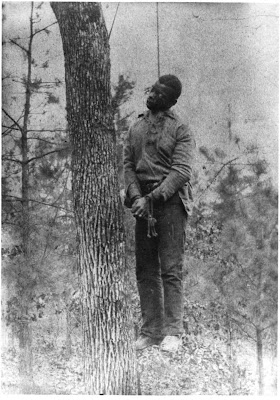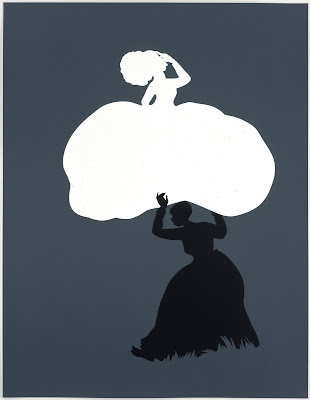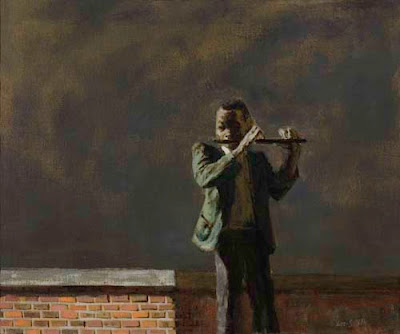A Noose Is a Noose Is a Noose

I’ve been down off my soapbox long enough I think. I’ve purposely not talked about the Jena Six case because I feel that it finally has enough media coverage.I'm not going to say anything that hasn't already been said, but I really wanted to go on record. Also, I think some folks are missing the point of it all. I don't believe that racial taunts should be met with violence. I do think that the administrators of the school* and local law enforcement should have done the right thing and thoroughly investigated and properly punished the white students who hung the nooses on the tree in the first place! I guess hope just always springs eternal with me. Instead, the students were suspended for a few days. They should have been expelled, thrown right out of that school and charged with a hate crime. They may be minors, but they're not children. That would have made it clear as day that that sort of behavior would not be tolerated. But they just slapped them on the wrist. I


